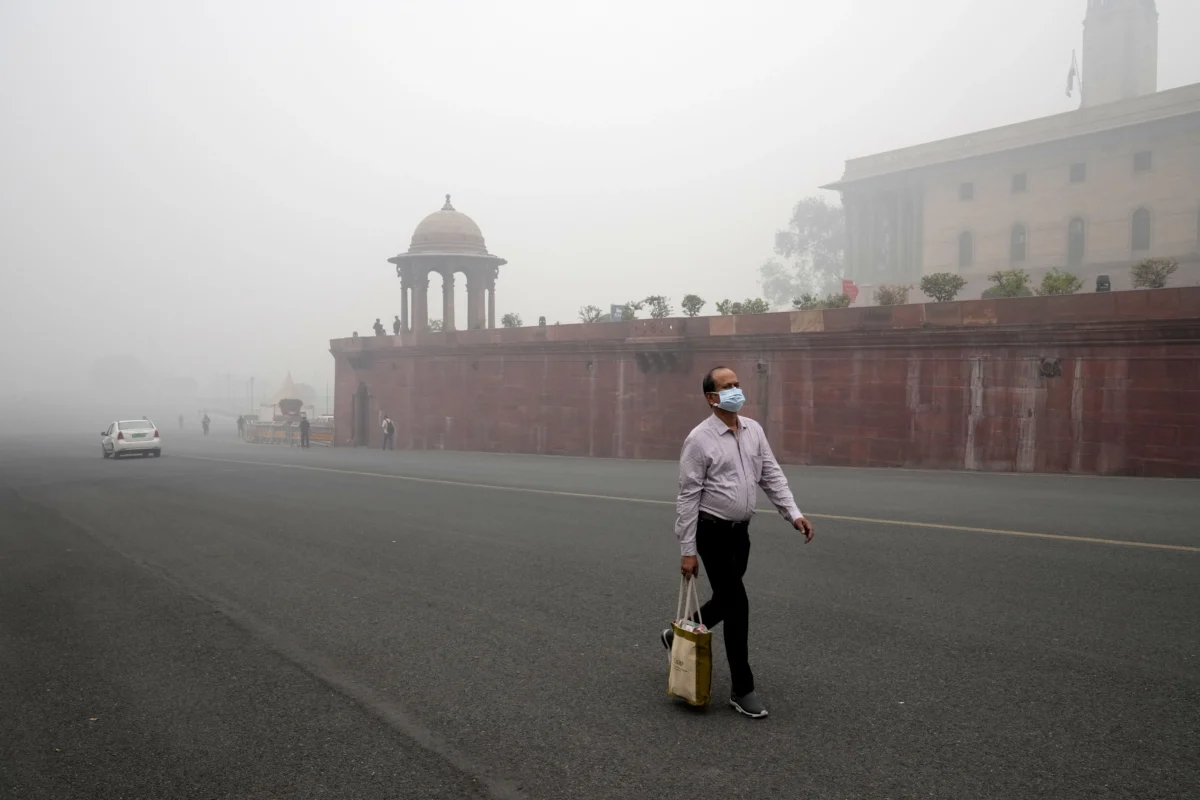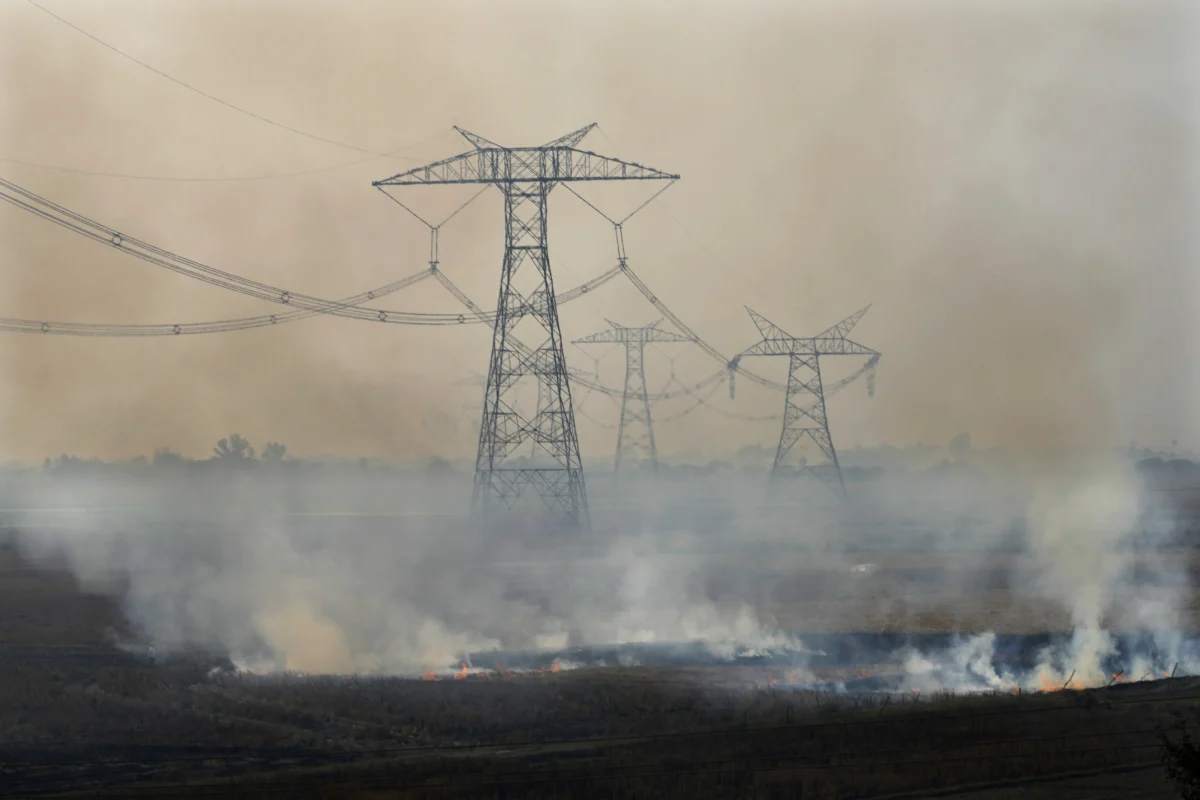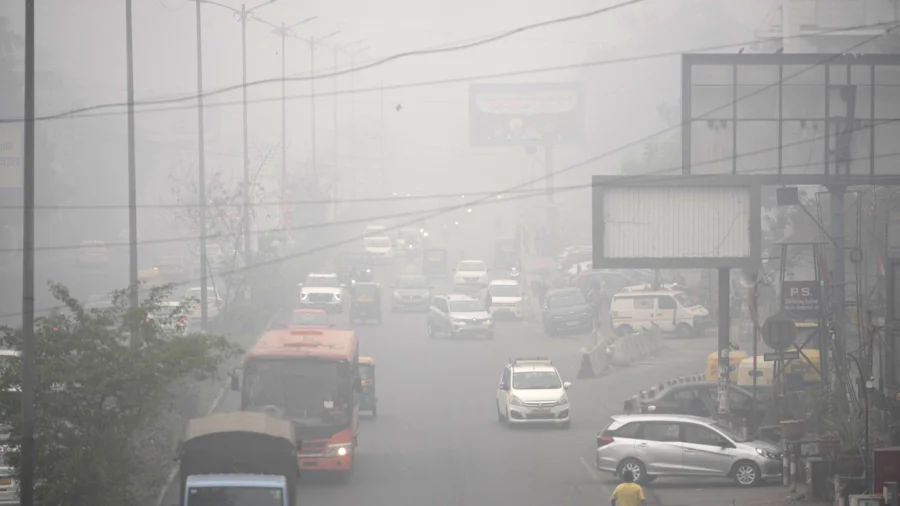Air pollution shot up to hazardous levels in New Delhi on Monday, prompting the government to shut down schools, halt construction, and ban non-essential trucks from entering the city.
Residents of the Indian capital woke up to thick, toxic smog this morning that became increasingly hazardous. According to the environmental agency System of Air Quality and Weather Forecasting and Research (SAFAR), which measures airborne particulate matter, pollution levels kept rising throughout the day to “severe” status.
Several areas in the city of roughly 33 million people recorded pollution levels more than 50 times higher than the World Health Organization’s recommended safe limit.
The thick fog limited visibility throughout the city, while airports warned of delays.

India’s rapidly rising population and growing economy have caused energy consumption to double since 2000, according to the International Energy Agency, leading to air pollution in northern India to rise annually.
Starting Monday, authorities began enforcing stage four of a graded response action plan, or GRAP 4, based on the severity of the air pollution. Earlier stages of the plan were already in place, but stage four now includes stricter curbs.
Schools will hold classes online, except for grades 10 and 12, and construction work has been halted. Additionally, all trucks have been banned from entering the city, except those carrying essential items.
Authorities advised children, the elderly, and those with chronic illnesses or respiratory conditions to stay indoors as much as possible.

Over the weekend, farmers in neighboring Uttar Pradesh state burned their fields, releasing plumes of gray smoke that winds likely carried into New Delhi and other nearby areas. Despite the hazardous air, many residents in the capital carried on with their daily routines, including morning walks in the iconic Lodhi Garden.
“Everyone has a sore throat,” Sanjay Goel, a 51-year-old shopkeeper in New Delhi, told The Associated Press. “They should ban crop residue burning … it’s just smoke everywhere.
The poor air quality sparked outrage on social media, with residents complaining about headaches and relentless coughing, describing the situation as “apocalyptic” and likening the city to a “gas chamber.”
It’s not the first time the current measures are in effect, but critics say that the enduring issue requires a long-term solution that drastically reduces pollution, instead of actions that aim to mitigate the effects after it has already plagued the region.
According to estimations from several studies, such as The Lancet study published in July 2024, the number of Indians that died from diseases linked to pollution between 2008 to 2019 exceeds 3.6 million people. Roughly 1.6 million pollution-related deaths were recorded in 2019 alone.
The Associated Press contributed to this article.

